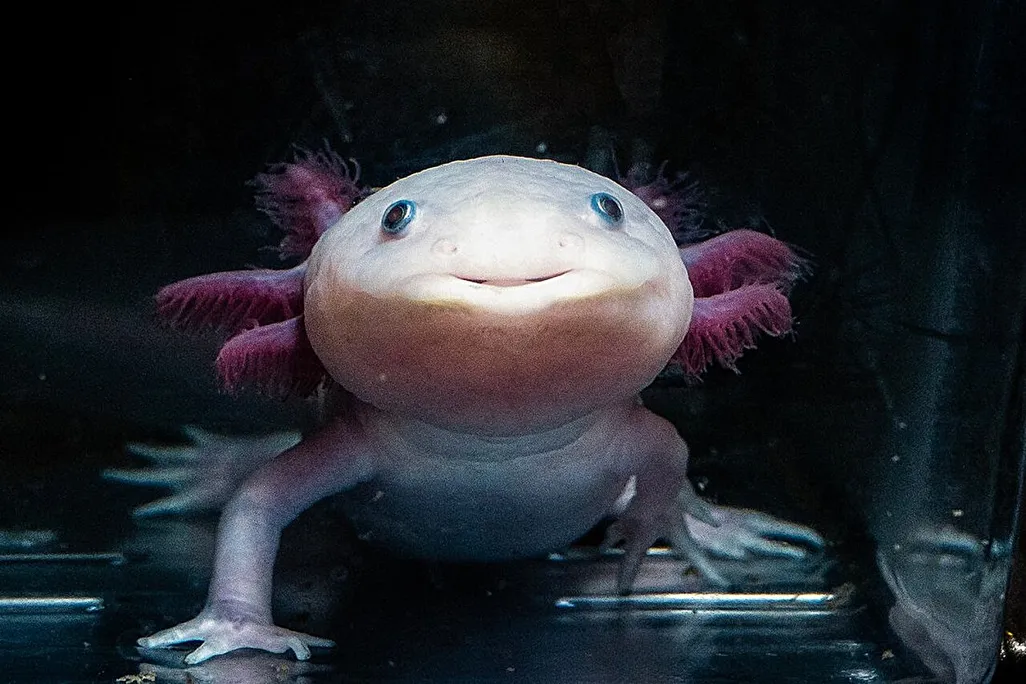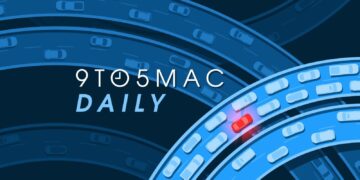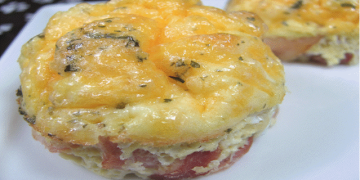2025-06-19 19:48:00
www.smithsonianmag.com
With the help of gene-edited axolotls, researchers have gotten one step closer to enabling human limb regeneration

Axolotls are helping scientists understand the key to limb regeneration.
Alyssa Stone / Northeastern University
Axolotls have a superpower: The adorable, perpetually smiling salamanders have the ability to regrow missing body parts in just a few weeks. Now, in a new study that scientists say could one day help humans regenerate limbs, researchers have revealed how the animals pull this off.
“This species is special,” says lead author James Monaghan, a biologist at Northeastern University, to Dino Grandoni at the Washington Post. The amphibians have “really become the champion of some extreme abilities that animals have.”
Monaghan and his team genetically engineered axolotls to glow in the dark to identify the molecular pathways that allow the animals to regrow their limbs. That helped them pinpoint a molecule called retinoic acid—a derivative of vitamin A found in many skincare products—as a key ingredient for limb regeneration and examine its role. Their findings were published in the journal Nature Communications on Tuesday.
Importantly, the work found that retinoic acid helps tell the axolotl which type of limb to regrow. It makes sure the animal doesn’t generate an entire arm when it only needs a hand, for example.
“This is really a question that has been fascinating developmental and regenerative biologists forever: How does the regenerating tissue know and make the blueprint of exactly what’s missing?” says Catherine McCusker, a developmental biologist at the University of Massachusetts Boston who was not involved in the study, to Lauren Leffer at Popular Science.
To answer this question, the researchers, a little gruesomely, cut off the arms of axolotls. “Importantly, they don’t show signs of pain or distress after limb amputation the way mammals might, and they regenerate fully within weeks,” says Monaghan to the Washington Post.
Monaghan and his team tested the effects of adding varying levels of retinoic acid to the amputee axolotls, which got “pretty Frankensteiny,” he says in a statement. When adding too much of the acid, one axolotl grew an extra full limb out of its hand.
The team realized the salamanders have a gradient of retinoic acid throughout their arms. Near the shoulder, retinoic acid levels are higher, and the amount of the molecule decreases closer to the hands. An enzyme called CYP26B1 breaks down retinoic acid and controls how much of it exists at each part of the body, the research found. So, a small level of retinoic acid will result in the salamander producing just a finger or toe, while a larger amount will generate a whole arm or leg.
The researchers also identified a gene called Shox as important to this process—it’s one of the genes that retinoic acid targets in the axolotl’s cells, according to the statement. When the level of retinoic acid signaling in the axolotls went up, the Shox gene turned on, which suggests it’s a key part of how axolotls regenerate limbs. When the scientists used a gene editing tool called CRISPR-Cas9 to remove the gene from the axolotl’s DNA, the animals grew normal-sized hands but produced very short arms.
“Evidence suggests it’s the access to the appropriate genes after an injury that enable them to regenerate an arm. So they can turn on those programs that built the arm in the first place,” Monaghan explains to Meryl Davids Landau at National Geographic, referring to the Shox gene.
Humans also have retinoic acid and the Shox gene, which means we share the genetic pathways that allow axolotls to regrow body parts—the challenge is how to unlock their power, experts say. Once scientists figure that out, it might lead to “restoring greater regenerative potential than we currently see,” says Thomas Rando, director of the Broad Stem Cell Research Center at the University of California, Los Angeles, who was not involved in the study, to National Geographic.
Monaghan adds to the publication that he can envision future researchers engineering a patch that would reprogram human cells to regenerate a limb rather than create scar tissue after severe injury.
Getting humans to regrow missing limbs is still a long way down the road, but more foundational research—like this new paper—can help scientists get there, McCusker tells Popular Science. “We need to remember to continue to invest in these basic biology studies,” she adds.
Keep your files stored safely and securely with the SanDisk 2TB Extreme Portable SSD. With over 69,505 ratings and an impressive 4.6 out of 5 stars, this product has been purchased over 8K+ times in the past month. At only $129.99, this Amazon’s Choice product is a must-have for secure file storage.
Help keep private content private with the included password protection featuring 256-bit AES hardware encryption. Order now for just $129.99 on Amazon!
Help Power Techcratic’s Future – Scan To Support
If Techcratic’s content and insights have helped you, consider giving back by supporting the platform with crypto. Every contribution makes a difference, whether it’s for high-quality content, server maintenance, or future updates. Techcratic is constantly evolving, and your support helps drive that progress.
As a solo operator who wears all the hats, creating content, managing the tech, and running the site, your support allows me to stay focused on delivering valuable resources. Your support keeps everything running smoothly and enables me to continue creating the content you love. I’m deeply grateful for your support, it truly means the world to me! Thank you!
|
BITCOIN
bc1qlszw7elx2qahjwvaryh0tkgg8y68enw30gpvge Scan the QR code with your crypto wallet app |
|
DOGECOIN
D64GwvvYQxFXYyan3oQCrmWfidf6T3JpBA Scan the QR code with your crypto wallet app |
|
ETHEREUM
0xe9BC980DF3d985730dA827996B43E4A62CCBAA7a Scan the QR code with your crypto wallet app |
Please read the Privacy and Security Disclaimer on how Techcratic handles your support.
Disclaimer: As an Amazon Associate, Techcratic may earn from qualifying purchases.
































![THYMESIA | 16 MINUTES OF GAMEPLAY | [1080P 60 FPS]](https://techcratic.com/wp-content/uploads/2025/09/1757557932_maxresdefault-360x180.jpg)

























































/https://tf-cmsv2-smithsonianmag-media.s3.amazonaws.com/accounts/headshot/Sara_-_Headshot_thumbnail.png)















